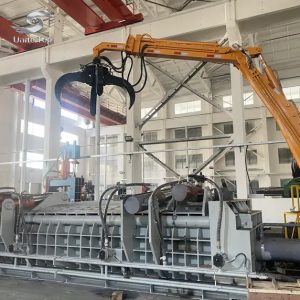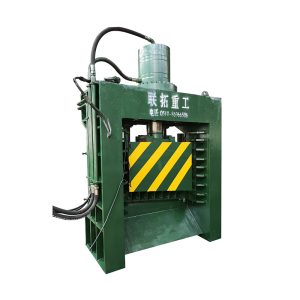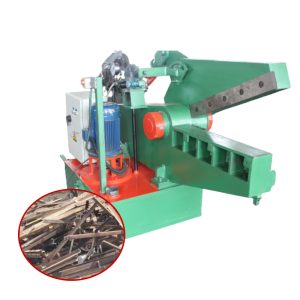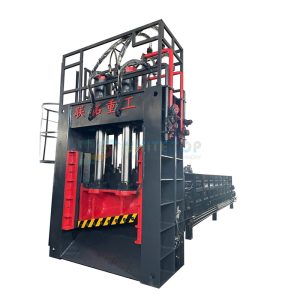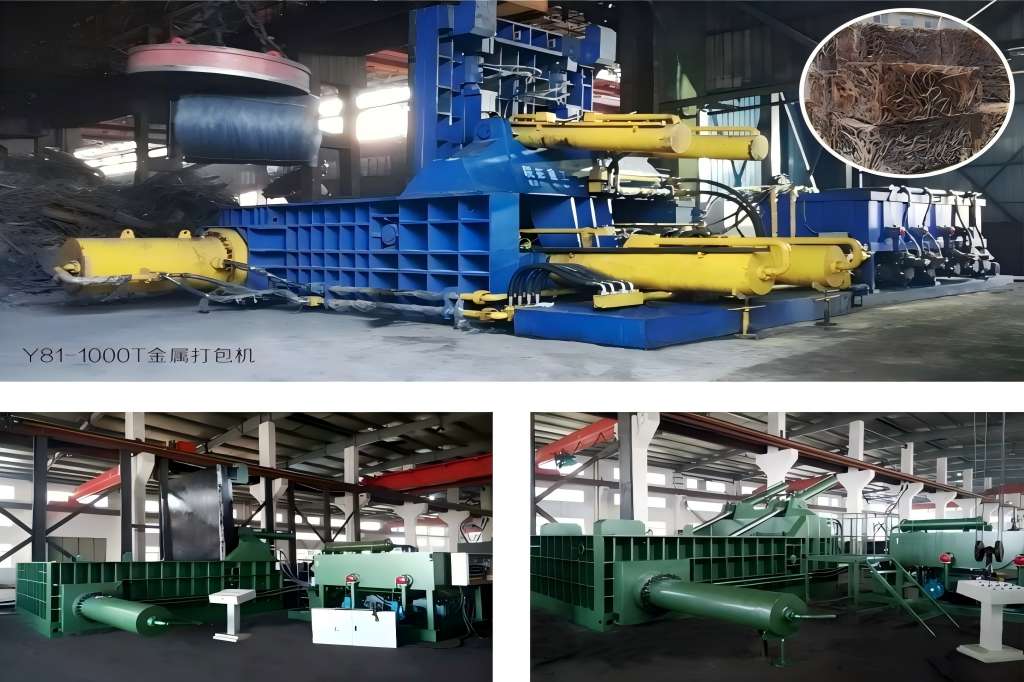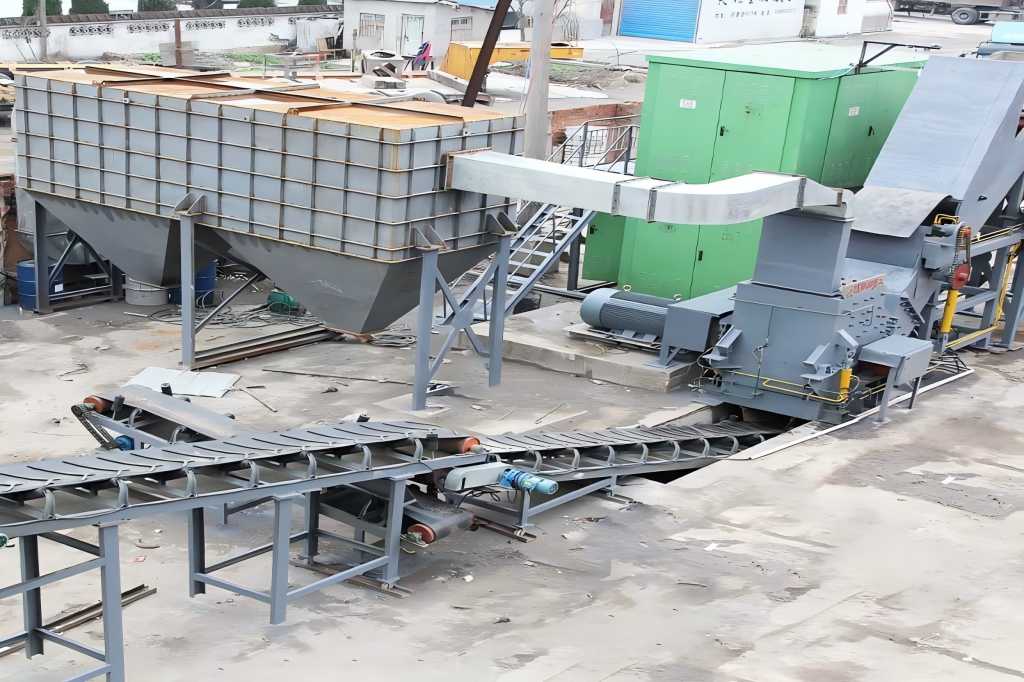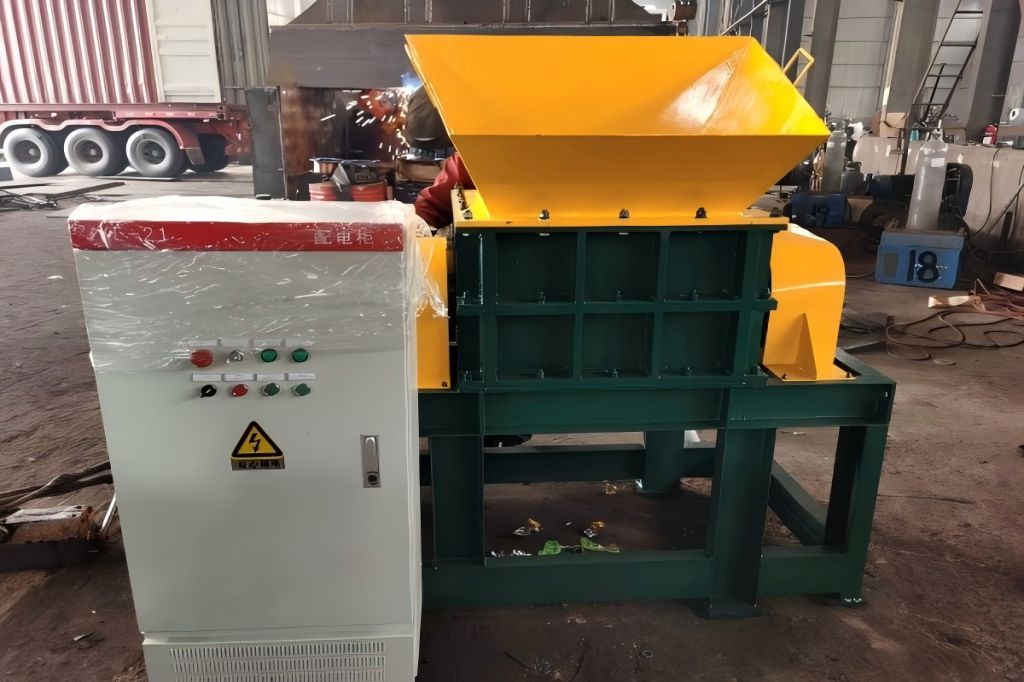In everyday conversation and professional settings, the terms “bailer” and “baler” are often confused due to their similar pronunciation. However, each word refers to a distinct tool with specific uses in different contexts.
Understanding the differences between these terms is crucial for proper communication and application in relevant industries. This article aims to clarify these distinctions, exploring both bailers’ and balers’ definitions, functions, and applications.
Definition of Bailer
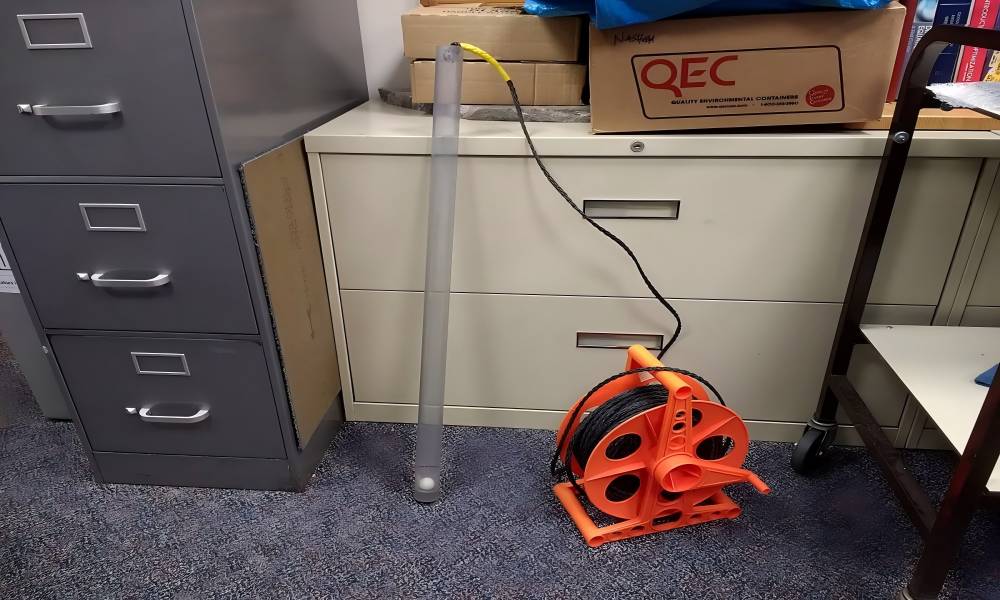
A “bailer” is a device used primarily for removing water from a boat. Traditionally, bailers are simple handheld tools like buckets or scoops specifically designed to remove excess water quickly and effectively.
Bailer tools are essential equipment in many small boats. They ensure safety and operational efficiency by preventing water accumulation. Bailer tools can also refer to mechanical devices in industrial settings used for handling waste or water.
Definition of Baler
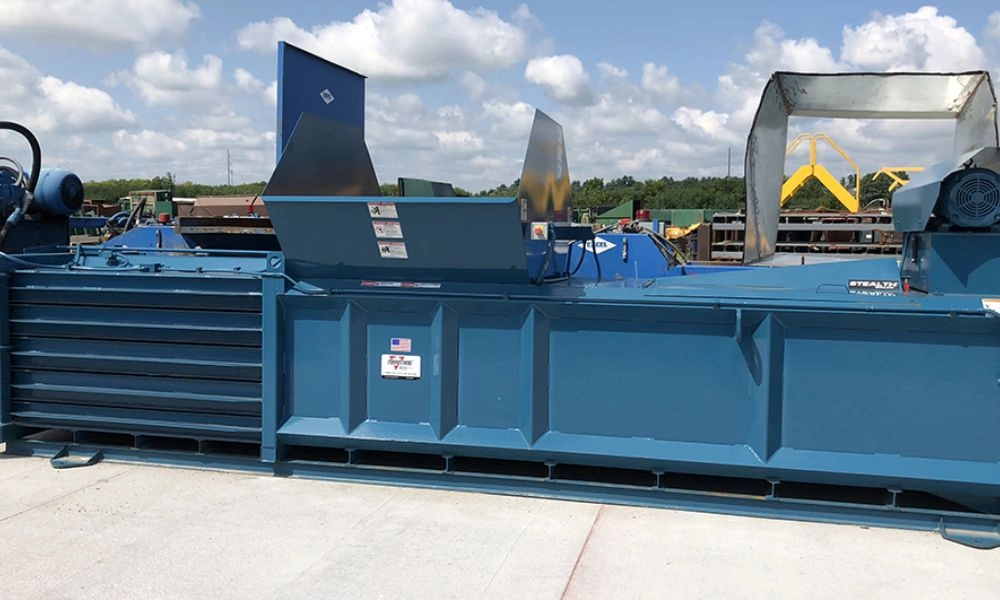
A baler machine compresses and binds materials into compact, manageable bales for easy handling, transportation, and storage. Balers are commonly used in agricultural settings to compact hay, straw, or cotton into bales.
Balers are also used in industrial applications to compress waste materials like paper, cardboard, plastic, and even metal for recycling purposes. Their primary function is to reduce the volume of materials, making them easier to transport and store efficiently.
Key Differences
The key differences between a “bailer” and a “baler” lie in their functions and applications:
Functionality: A bailer removes water from boats, ensuring they do not accumulate excess water and become unmanageable or unsafe. In contrast, a baler compresses and binds materials into compact bales, making them easier to handle, transport, and store.
Usage Contexts: Bailer devices are essential in maritime activities and are commonly found in small boats and ships. Balers are prevalent in agriculture for making hay or straw bales and in recycling operations for compressing waste materials like cardboard and plastic.
Operational Mechanics: Bailer tools are generally simple, manual devices such as buckets or scoops, whereas balers are more complex mechanical machines requiring power.
Understanding these distinctions ensures proper usage and maintenance of each tool in its respective setting.
Application Areas
Bailers
Bailers are predominantly used in marine environments. They are vital for safety in small boats, helping to remove excess water and prevent sinking.
Additionally, larger mechanical bailers are used in industrial applications to manage wastewater or similar effluents.
Balers
Balers have a broader range of applications. In agriculture, they are critical for compacting hay, straw, and other farm products into bales for transport and storage. In industrial settings, balers are essential for waste management, compressing recyclable materials like paper, plastic, and metal to facilitate recycling.
These distinct applications underscore the importance of each device in their respective fields, highlighting the specialized nature of bailers and balers.
Conclusion
In conclusion, understanding the differences between a “bailer” and a “baler” is crucial due to their distinct functionalities and applications in various industries. A bailer primarily serves a critical role in marine safety by removing water from boats.
At the same time, a baler compresses materials into bales for easier handling and storage in agricultural and recycling contexts. Recognizing these distinctions enhances operational efficiency and ensures the correct equipment is utilized for specific tasks, optimizing performance and safety in their respective fields.

